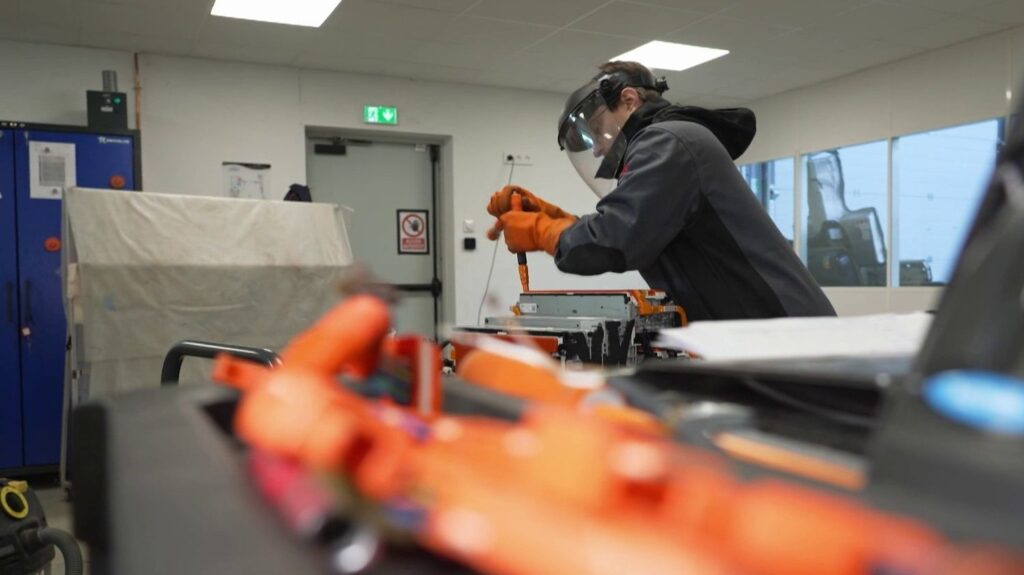During hot weather, to ensure a pleasant journey to users, the SNCF ensures the proper functioning of its air conditioning systems.
Published
Reading time: 3min
/2022/12/01/phpz5Axp2.jpg)
While the summer holidays start on Saturday, July 5, the SNCF is ready to accommodate thousands of travelers. The 360 trains of the railway company are almost all mobilized. Maintenance officers have reviewed them in recent weeks to prevent possible dysfunctions. Among the inconveniences most apprehended by travelers in summer: air conditioning breakdowns in the wagons.
According to SNCF, despite the aging of infrastructure, 67% of Transilians, 99% of regional trains and 100% of intercités, TGV and Ouigo are equipped with air conditioning. The air conditioning groups are installed on the roofs of the trains. There is one per room, so two for two -level trains.
However, every summer, on social networks, many travelers regret having been too hot (or too cold) during their journey. The SNCF travelers responds to them in a publication on Instagram: “The systems are not infallible and breakdowns arrive, especially when they are very asked.”
On board trains, air conditioning and heating systems are fully automatic. They adapt to external temperatures which vary constantly during the movement of the train and the interior temperatures which also vary depending on the crowds of travelers on board. In each car, three modes are available: air conditioning, ventilation and heating.
The objective is to maintain a temperature between 20 and 24 degrees in the wagons. If it is less than 20 degrees, the heating system activates. Between 20 and 24 degrees, ventilation takes over and above 24, air conditioning starts.
However, SNCF stresses that the temperature difference between interior and exterior should not be too extreme, especially for reasons of energy efficiency. Thus, when the outside temperature exceeds 33 degrees, the air conditioning in the trains does not drop under 26 degrees.
The more the mercury flies away, the more the air conditioning is requested. During a heat wave, cooling systems are sometimes not effective enough to compensate and breakdowns can happen, indicates the SNCF. Technicians can follow remote systems thanks to defect codes generated in the event of a problem.
Each week, many reports are made and the interventions are regular. In the event of a change in the Clim group, the maintenance operation can last up to eight hours. But the equipment is well, assures this SNCF technician, in Franceinfo: “In Morocco, they have the same oars currently circulating, it is generally the same air conditioning groups“.
To complete air conditioning systems during hot weather, SNCF is working on new solutions. Painting the roofs of white cars or applying a UV filter on the windows of certain TGVs.


